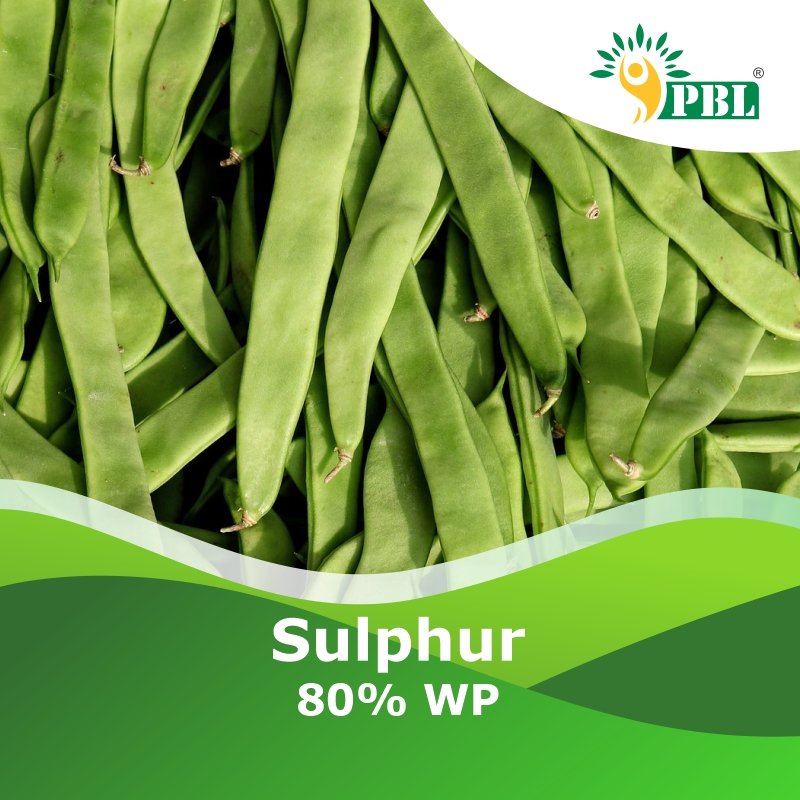Description
Mode of Action
Fungicidal Action: Sulphur works as a fungicide by interfering with fungal pathogens’ cellular metabolism and growth. It disrupts the function of enzymes involved in key metabolic processes, such as respiration and energy production, leading to the inhibition of fungal growth. Sulphur also disrupts the formation of essential proteins and enzymes in fungi, further compromising their development and reproduction.
Miticidal Action: Sulphur acts as a miticide by affecting the cellular respiration and metabolism of mites. It damages the mites’ respiratory system, interfering with their ability to obtain oxygen and release carbon dioxide. This disruption of their respiratory function leads to suffocation and the death of the mites.
Benefits of Sulphur 80% WP
- Broad-spectrum fungicide and miticide
- Multi-site mode of activity
- Can be used both preventively and curatively
- Multi-crop compatibility
- It has additional plant growth benefits as it provides the essential micronutrient sulphur.
Application Method
Foliar Spray
Target Crops, Diseases, and Dosage of Sulphur 80% WP
|
Crop(s) |
Target Disease |
Dosage/Acre (gm) |
Dilution in Water (Lit/Acre) |
|
Grapes |
Powdery mildew |
1000-2000 |
300-400 |
|
Mango |
Powdery mildew |
1250-1300 |
300-400 |
|
Sorghum |
Grain smut |
3-4 gm/kg seed |
1ltr/10kg seed |
|
Citrus |
Powdery mildew |
1250-1300 |
300-400 |
|
Pea |
Rust |
1250-1300 |
300-400 |
|
Chillies & Okra |
Powdery mildew |
1250-1300 |
300-400 |
|
Groundnut |
Tikka leafspot |
1000-2000 |
300-400 |
|
Cowpea, Moong/Urid |
Powdery mildew |
1250-1300 |
300-400 |
|
Apples |
Powdery mildew |
1000-2000 |
300-400 |
|
Tea |
Red spider mite, Pink & purple mite |
1000 |
200 |

